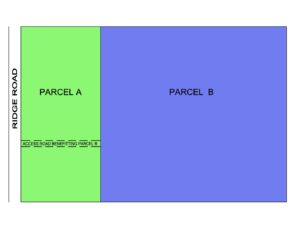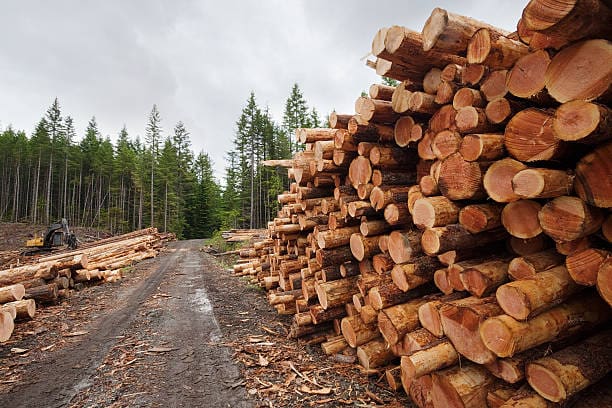The terms easement and right of way are similar and often interchanged.
“Easement” is the right and privilege to cross or otherwise use someone else’s land for a specified, expressed purpose. Examples might be a utility easement for power, a water line or sewer line easement, a view easement for a scenic overlook, or an easement for a walking path to the pond or ocean.
An easement could also be the voluntary surrender of property rights (a negative easement). An example would be a conservation easement where the property owner agrees not to construct anything on a parcel or use the land for a specific purpose like timber harvesting or farming in exchange for monetary consideration or tax benefits.
“Right of way” is the legal right, established by usage or grant, to pass along a specific route crossing someone else’s land. An example would be granting a right of way for a road to another property or granting the utility company a right of way over your property to put up wires and poles to deliver services to your home or neighboring homes.
Dominant Estate is the property benefitting from a right of way or easement. A Servient Estate is the property burdened by the easement or right of way granted. You may hear these terms from time to time.
Oftentimes when you have conveyed a parcel of land, along with the property, comes other rights and privileges benefitting or burdening the parcel. Understanding the scope of these rights and privileges is often difficult. Disputes often arise when someone exercises their rights to an easement or right of way that has been dormant or never used. For instance, a woodlot owner (PARCEL B)has the right of way for an access road to their parcel of land with no road frontage or other access.
Woodlots may lay dormant for decades while the wood mass matures to a marketable product. The woodlot owner gets ready for a harvest and suddenly shows up to clear and rebuild a road that hasn’t been used for 50 years. The land owner (PARCEL A) returns home from work or vacation and discovers the equipment and newly constructed road.
There is a good chance the landowner has long forgotten there was a right of way burdening their property or never knew at all. Reactions can range from a shrug to violence. Of course, this could have been managed by the woodlot owner (PARCEL B) notifying the landowner (PARCEL A) of the pending activity, but generally, there is no legal requirement of notification or asking permission to use an easement or right of way already granted.
In our next blog, we will discuss some similar examples of what rights the woodlot owner has, what can happen to the owner, and what if the owner does not have deeded access.




